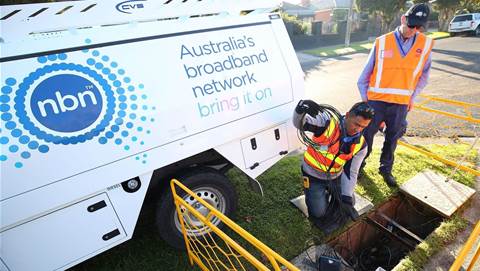The global creator economy is estimated to be worth between $20 billion and $104 billion with digital creation tools available at a larger scale than ever before.
Linktree’s Creator Report 2022 defines creators as “individuals who use their influence, creativity, or skills to aggregate and monetise their audience.”
At Stripe’s recent Creator Economy event in Sydney, Michael Stocks, VP strategy and operations at Linktree said that influencers are a subset of the creator economy, but not all of it.
Historically influencers tend to rely on brand partnerships to monetise, he said.
“If we go back, five or six years, when people talked about creators, they pretty much exclusively thought about influencers,” said Stocks.
“Creators usually have a stream of content that's focused in on a particular area, whereas an influencer is more about that audience propagation and growing an audience and then monetising it.”
According to James Rollin, head of marketing at Squarespace, who also spoke on the panel, the value in working with creators versus influencers depends on a business’ objectives.
“If you're trying to engage people around passion points and build a really deep rich engagement with an audience, then content creators are generally going to be able to do that in a much more meaningful way. And these are people that have built audiences and engagement based off their own personality, connecting over often quite a niche passion point,” said Rollin.
“Influencers might make sense if you're objectives are just reach for example. They can be quite an efficient way to buy reach that might be quite efficient on an equivalent media value if you were to compare several different media choices.”
Jack Conte, CEO and co-founder of membership platform for content creators, Patreon spoke in a podcast with the Washington Post this week. He told audiences that success for creators depends on the depth of their relationships with their fans.
“You know what so interesting about that is it has nothing to do with genre and it has nothing to do with the medium that the creator is working within. It is just how much do you love your fans and how much do your fans love you back,” said Conte.
Tipalti’s 2022 Creator Economy Report reveals that nearly 50 million people identify as content creators, with growth in the industry expected to occur in a number of ways.
According to the report, more than a quarter of creators (26 percent) are leaving a 9-5 job to focus on creating content full-time, and 40 percent of content creators predict more people will start their own practice in the next five years.
The report highlights that the key challenges for creators largely relate to compensation, including trouble receiving payments from multiple platforms, incorrect pay cheques, time required for invoicing, tracking payments, resolving payment disputes, uncertainties about monetisation and tax implications.

As creators move to the metaverse as a channel for attracting new revenue streams, the shifting business model in a Web3 world is expected to put ownership back in the hands of creators, allowing individuals to monetise their own data.
According to Joan Westenberg head of marketing at MODA DAO, "All of it kind of comes right back down to the building blocks of Web3, and those building blocks are around business models that focus on personal ownership and personal sovereignty.
“A world in which you're creating a model where you rely on the fact that everyone does own their data, everyone does own their goods and everyone can make reasoned decisions about what to do with them. And I think business models that tap into that are going to be quite powerful.”


_(20).jpg&h=140&w=231&c=1&s=0)
.png&h=140&w=231&c=1&s=0)

_(22).jpg&h=140&w=231&c=1&s=0)



_(26).jpg&w=100&c=1&s=0)

 iTnews Executive Retreat - Security Leaders Edition
iTnews Executive Retreat - Security Leaders Edition












_(1).jpg&h=140&w=231&c=1&s=0)



